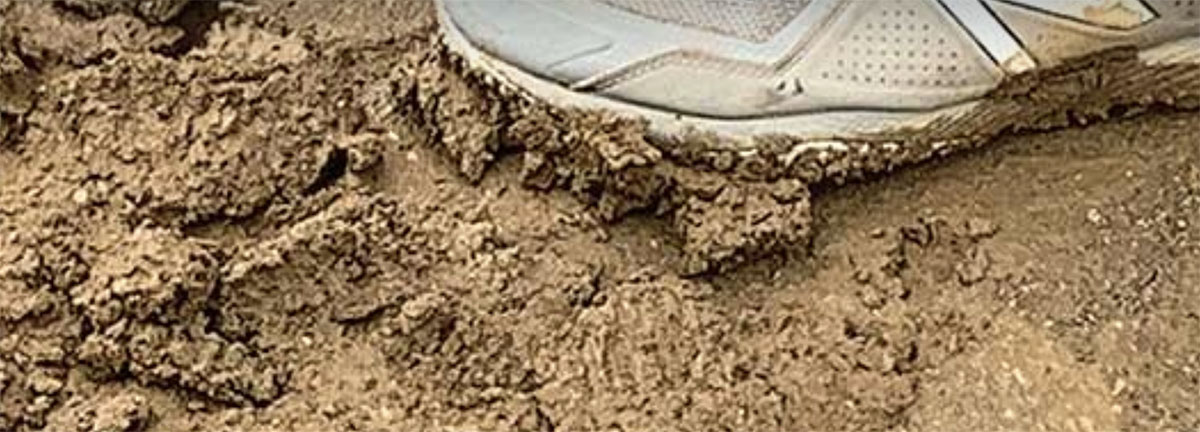Beacon Athletics – Apr 18, 2023 · Paul Zwaska (contributor)
VIEW FULL ARTICLE HERE – includes Full Graphics
When a big rain event occurs — you may call it a “downpour” or a “major storm” — there are many factors that will dictate how fast your baseball or softball field will be ready to resume play. But here is the somewhat shocking truth: every situation is different and that can greatly skew the time needed for recovery — making things either harder or easier. The factors that most commonly affect how fast a field can recover include:
- The infield’s condition going into the rain event (dragged smooth? chewed-up from cleats?)
- Soil makeup of the infield skin and soil stability
- Whether the infield skin is top-dressed or not
- Intensity and length of time rain occurred
- Amount of rain that fell
- The weather expected over the next 3 to 6 hours:
- sky conditions
- humidity levels and trend
- temperatures
- wind speed and direction
- chances for additional precipitation
Perhaps the most important factor mentioned above is humidity levels and their trends. In order for a field to improve, it needs to dry and for the soil to dry, moisture will need to evaporate out of the soil.
If humidity levels are high (above 75%), there is little room in the parcels of air floating over the field to absorb moisture out of the ground. Once humidity levels drop to 60% or lower, you can expect to see more rapid improvement, especially if you have the sun and wind working in concert with the lower humidity. If your humidity stays high, the sun and wind can help in a very small way, but progress will be very slow.
There simply must be room in the air itself to absorb that moisture.
The 7 Steps After Rain
The process for getting a field back open is fairly routine in most cases. These are the 7 steps to take for getting back on your field quickly and effectively.
- DO NOT place equipment — or people — back onto the infield until it has firmed up. Make sure it is firm enough that you will not leave depressions on the skin. This can negatively affect ball bounce and surface drainage. Quality-balanced infield soils, such as the engineered infield soils produced by DuraEdge, will ensure that you can get back onto the infield skin depression-free immediately after the rain!
- Remove any standing water on the skin. Do this using puddle pumps and/or puddle sponges. NEVER — EVER — sweep or squeegee the water off the infield, as you will move infield soil and topdressing material off with it, creating deeper low spots and bigger lips at the edge of the grass.
- If your infield has a topdressing, back-rake the infield using a field rake or better yet, a lute rake. The process involves walking the infield while pushing the rake, which should only fluff the topdressing to help it dry quicker. This can be also tried on non-topdressed infields. Results will be mixed. Some fields will successfully fluff, but others with high silt, fine sand and/or clay will not and will have to wait much longer to dry enough to work.
- Now you can add drying agent to any areas that seem to need additional help drying out and mix into the surface using a rake. However, use drying agent sparingly — too much of a good thing is ultimately not good for the infield. Open the mound and plate tarps to see if rain got underneath either of these; those areas may need to be addressed with drying agent.
- IMPORTANT: DO NOT come out with a groomer and heavily nail-drag. You just want to scarify the top 1/4″ or so while keeping the rest of the infield beneath it firm. This prevents the infield from getting any worse, should it begin to rain again.
- Continue to work the surface back-raking and eventually shifting to a steel drag mat with a leveling bar to ensure an even thickness of loose material on the surface.
- The field is ready for play again, once lateral stability has returned to all portions of the infield. This typically happens away from bases and players’ positions first, with those wear areas firming up last. When you plant your foot and push off or pivot, you should not slip.
This process can only be pushed along so fast. Mother Nature is really in control. The foolish will try to push this process too quickly, spend a lot of money on drying agents, and likely do more harm to their infield skin than good.
Having a quality engineered soil on your infield will make all of this incredibly easier compared with most any other infield soil. Engineered soil or not, make sure you have the proper tools, drying agent, and know-how to keep you ready for these inevitable occasions that will keep you are prepared for Mother Nature’s intrusions. It’s the old “if you stay ready, you don’t have to get ready.” Learn more at Groundskeeper U: Module 108 Rainfall Rescues.
Source: Beacon Athletics
https://ballfields.com/blog/7-tips-after-big-rain/
“NEW” Amateur Sports Added !
We Can Save More Money In 2024 !
26 Different Amateur Sports
Teams, Officials, Tournaments, & Facilities





0 Comments